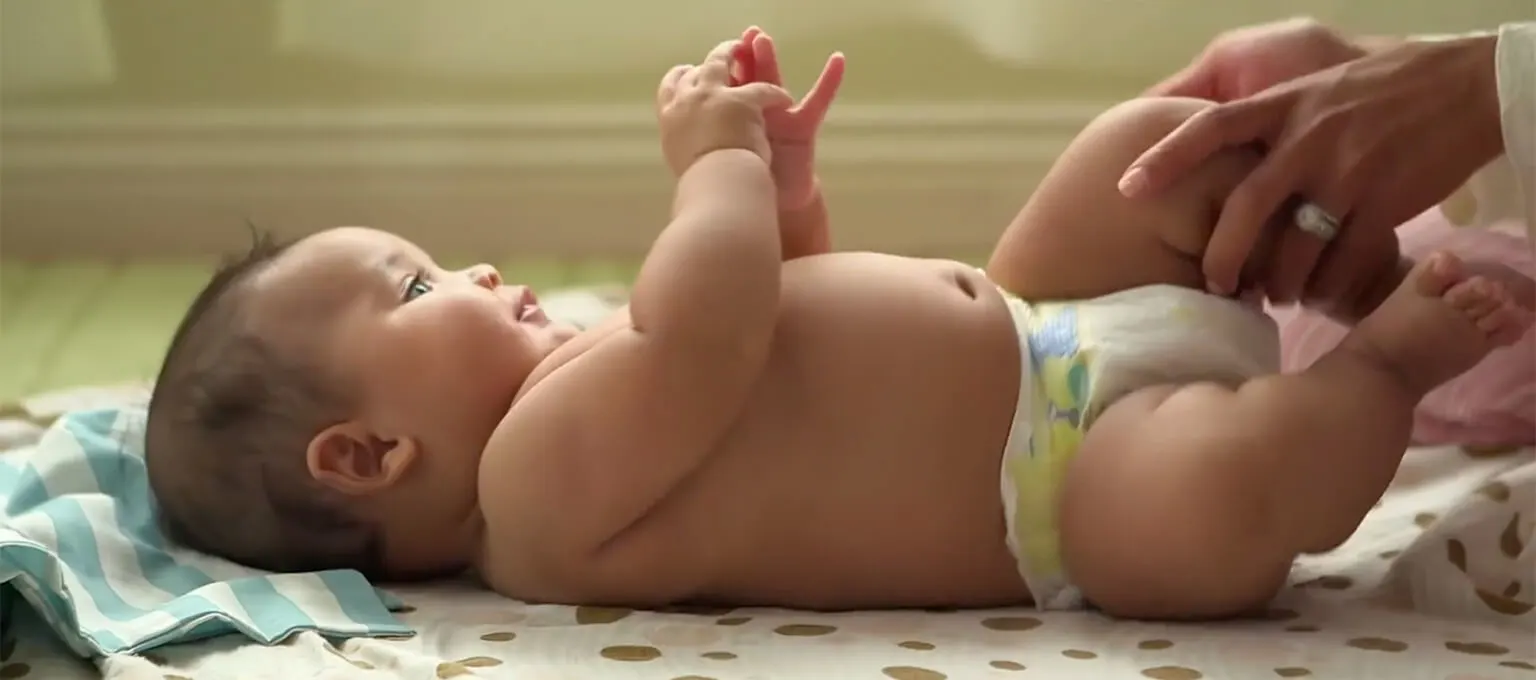When Do Babies Start Rolling Over?
Some months have gone by since the birth of your baby. She’s changed so much in that time, and with every new day she’s more mobile and alert than ever before. One of her early developmental milestones will be rolling over. Soon you won’t be able to keep up with her!
In this article, you’ll find out when your baby may start rolling over and how to encourage it through play.
When Do Babies Roll Over?
All babies are unique and will reach various development milestones at their own pace. As a general guideline, your baby may start to rock on his stomach, kick his legs, and swim with his arms when he’s around 5 months. Developing these kinds of motor skills is necessary for your baby to be able to eventually roll over.
When your little one’s around 7 months, he may be able to roll over in both directions—from front to back, and from back to front. Most babies will roll over from belly to back first, and then in the opposite direction.
Keep in mind that babies do vary in age when they begin to roll over, so be patient if your 7-month-old baby hasn’t mastered the skill just yet.
At around 8 months your baby will likely be rolling over with ease. All this activity is a precursor to another developmental milestone, crawling.
As your baby works on these exciting new skills, keep a close watch on him, especially when you have him on a high surface like a changing table, bed, or sofa. It’s safest to keep a hand on him at all times to prevent her from rolling over and onto the floor.
It’s never too soon to baby proof your home, especially if this period of exploration is just around the corner. You might have already done some babyproofing, but now’s a good time to take a second look with your more mobile and curious little one in mind. You might want to install a baby gate, for example, or secure furniture that might tip over.
How to Teach Your Baby to Roll Over
Babies learn by playing and exploring, so what seems like a teaching moment to you will seem like a fun game to her. Take this as an opportunity to encourage her physical development.
Giving your baby daily, supervised tummy time is a great way to help build the strength and coordination needed for rolling over, sitting up, crawling, and eventually walking.
Encourage rolling over by placing your baby on her tummy for short periods, with you close at hand. Here are some tips for making tummy time both safe and fun:
Have a dedicated space for tummy time. A good place can be on a blanket spread out on the floor.
Do tummy time two to three times a day for three to five minutes at a time. As your baby gets used to this new activity, you can increase the time and frequency.
During tummy time, encourage your baby to roll over by holding a favorite toy or rattle, by making noises, or holding up a mirror.
Make sure not to leave your baby unattended during tummy time, and don’t let her play with any small toys or objects as these can be a choking hazard.
Watch the video below to learn how to help your baby roll over:
What to Do If Your Baby Doesn’t Roll Over
Your little one may reach certain milestones sooner than others, or he may take a little extra time to master certain skills. This is normal—every baby is an individual and develops at her own speed.
Your baby’s healthcare provider will be tracking your baby’s growth and development. If you're concerned that your baby still hasn't rolled over, or if you have any questions about how your little one is doing, ask your provider at your next appointment.
FREQUENTLY ASKED QUESTIONS
Whether your baby has already mastered rolling over, or is still getting the hang of tummy time, it’s good to be on top of your baby’s physical development. Before you know it, your little one will be having a great time rolling around, getting up, and running around the house.
When exactly your baby will first roll over isn’t certain, but what is certain is that you’re sure to be going through a lot of diapers around this time. To earn rewards points for every Pampers purchase you make, download the Pampers Rewards app today!
How we wrote this article
The information in this article is based on the expert advice found in trusted medical and government sources, such as the American Academy of Pediatrics and the American College of Obstetricians and Gynecologists.
The content on this page should not replace professional medical advice. Always consult medical professionals for full diagnosis and treatment.
Join Pampers Club and get:





